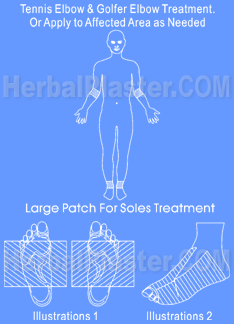|
|
It Could Be More Complicated
|
|
|
|
The damage that tennis elbow incurs consists of tiny tears in a part of the tendon and in muscle coverings. After the initial injury heals, these
areas often tear again, which leads to hemorrhaging and the formation of rough, granulated tissue and calcium deposits within surrounding
tissues. Collagen, a protein, leaks out from around the injured areas, causing inflammation. The resulting pressure can cut off the blood flow
and pinch the radial nerve, one of the major nerves controlling muscles in the arm and hand.
Tendons, which attach muscles to bones, do not receive the same amount of oxygen and blood that muscles do, so they heal more slowly. In
fact, some cases of tennis elbow can last for years, though the inflammation usually subsides in 6 to 12 weeks.
Many medical textbooks treat tennis elbow as a form of tendonitis, which is often the case, but if the muscles and bones of the elbow joint are
also involved, then the condition is called epicondylitis. However, if you feel pain directly on the back of your elbow joint, rather than down the
outside of your arm, you may have bursitis, which is caused when lubricating sacs in the joint become inflamed. If you see swelling, which is
almost never a symptom of tennis elbow, you may want to investigate other possible conditions, such as arthritis, infection, gout or a tumor.
|
|
|
|
|


